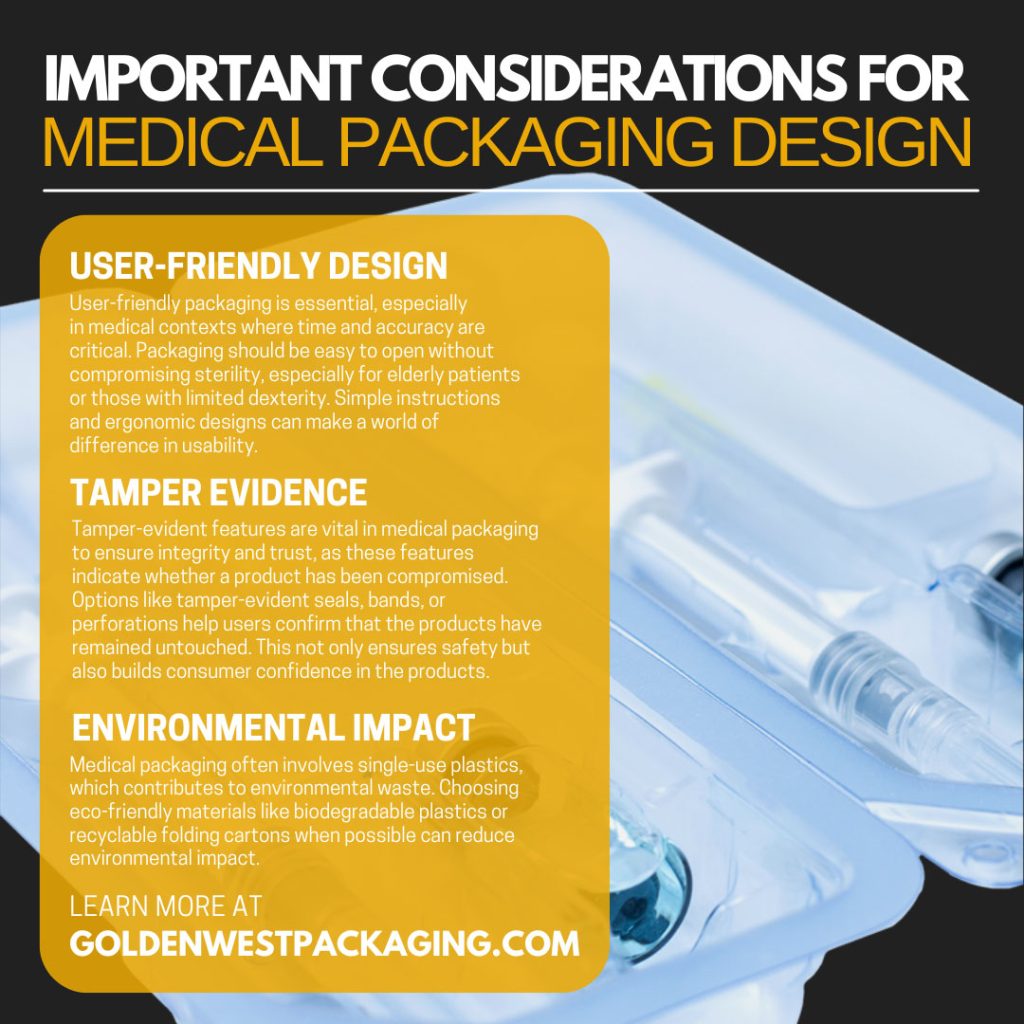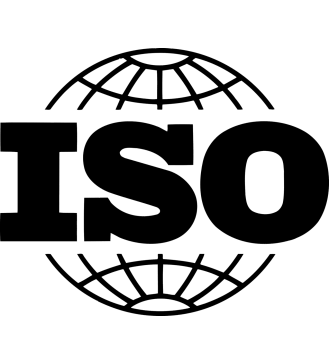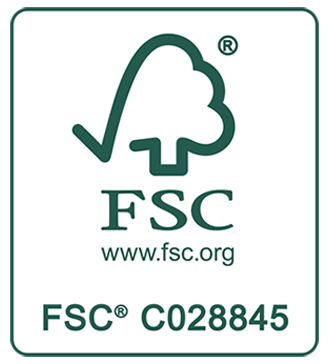
When you’re packaging medical supplies and devices, aesthetics may take a back seat to more practical considerations. Designing packaging that is suitable for medical use is actually a fairly complex process. This makes the packaging designer’s role crucial to ensuring the safety and success of the medical products.
With these important considerations for medical packaging design, you will have everything you need to design impeccable packaging that is appropriate for its setting. From understanding industry regulations to incorporating user-friendly features, explore how the following factors are essential to the world of medical packaging.
Why Medical Packaging Design Matters
Medical packaging design matters because it serves as the first line of defense in ensuring the safety and efficacy of medical products. Properly designed packaging protects products from contamination and damage during transportation and storage, preserving their integrity until they reach the end-users.
Moreover, effective packaging design helps prevent medical errors by providing clear and accurate information, ensuring correct usage by both healthcare professionals and patients. Compliance with regulatory standards is another crucial aspect, as non-compliance can lead to severe repercussions, including product recalls, legal issues, and harm to patients. Finally, user-friendly packaging enhances the overall experience for medical professionals and patients, promoting adherence to treatment regimens and ultimately improving health outcomes.
Safety and Sterility
Maintaining sterility is crucial in medical packaging. Sterile packaging prevents the potential for infections and ensures that medical devices function as intended. To achieve this, the materials used must be impervious to bacteria and other contaminants. Packaging should also undergo rigorous testing to certify its sterility until the point of product use. For instance, using medical-grade plastics or barrier films can provide the necessary protection.
Regulatory Compliance
Medical packaging must adhere to stringent regulations set forth by authorities like the FDA or EMA. These regulations ensure that packaging meets safety, efficacy, and quality standards. Compliance also involves extensive documentation and validation processes. Designers must be familiar with these regulations and incorporate them from the design phase to avoid costly revisions later. Staying updated with regulatory changes is also crucial to maintaining compliance throughout each product’s lifecycle.
User-Friendly Design
User-friendly packaging is essential, especially in medical contexts where time and accuracy are critical. Packaging should be easy to open without compromising sterility, especially for elderly patients or those with limited dexterity. Simple instructions and ergonomic designs can make a world of difference in usability. For example, blister packs with push-through foil are widely appreciated for their ease of use.
Tamper Evidence
Tamper-evident features are vital in medical packaging to ensure integrity and trust, as these features indicate whether a product has been compromised. Options like tamper-evident seals, bands, or perforations help users confirm that the products have remained untouched. This not only ensures safety but also builds consumer confidence in the products. Additionally, incorporating tamper-evident features can deter tampering attempts and protect the brand’s reputation.
Environmental Impact
Sustainability is an increasingly important aspect of packaging design. Medical packaging often involves single-use plastics, which contributes to environmental waste. Choosing eco-friendly materials like biodegradable plastics or recyclable folding cartons when possible can reduce environmental impact. Companies can also explore reusable or refillable packaging options where feasible. Efforts to minimize packaging waste without compromising safety and sterility are crucial in the journey toward more sustainable medical packaging solutions.
Material Selection
Choosing the right materials is fundamental in medical packaging design. The materials must be durable, compatible with the products, and able to maintain sterility. Options range from plastics and metals to glass and specialized polymers. Each material comes with its own set of advantages and limitations, making certain materials better suited for different products. Additionally, it is important to evaluate each material’s performance under various storage and transportation conditions to ensure product integrity.
Clear Labeling and Instructions
Clear, concise labeling is crucial for medical packaging. It ensures that users understand the contents and usage instructions, reducing the risk of errors. Labels should include information like expiration dates, batch numbers, and safety warnings. Incorporating QR codes that link to instructional videos or detailed guides can further enhance user understanding of the products.
Durability and Integrity
The packaging must protect its contents from physical damage during transportation and storage; this includes resistance to crushing, puncturing, and exposure to varying temperatures and humidity levels. Durable materials and robust designs for the packaging ensure that the medical products arrive in perfect condition, maintaining their efficacy. Regular testing and quality control measures are essential to verify that the packaging meets these durability standards.
Traceability With Codes
Traceability is essential in the medical field, allowing for the tracking of products from manufacturing to the end-user. Incorporating unique identifiers like barcodes or RFID tags helps with tracing the products’ history, improving inventory management and recall efficiency. This is especially important in the event of defects or adverse effects, allowing for quick and precise action. Ensuring that traceability systems are reliable and updated can significantly enhance operational efficiency and patient safety.
Cost-Effectiveness
Balancing cost with quality is a challenge in medical packaging design. While it’s essential to use high-quality materials and incorporate advanced features, it’s equally important to keep production costs in check. Bulk purchasing, efficient manufacturing processes, and innovative designs can help achieve cost-effectiveness without compromising on quality.
Partner With Golden West Packaging
For those looking to design and manufacture superior medical packaging, partnering with Golden West Packaging is the optimal choice. As an industry leader, Golden West Packaging adheres strictly to applicable regulations, ensuring that every packaging solution meets the highest standards of safety and sterility.
With a focus on innovation and customer satisfaction, we offer bespoke packaging solutions tailored to your specific needs. By choosing Golden West Packaging, you can be confident that your products will have user-friendly, durable, and environmentally friendly packaging, helping you deliver the best possible care to your patients.
Creating effective medical packaging requires a deep understanding of various factors. With these important considerations for medical packaging design, you can ensure that your packaging not only meets the highest standards but also adds value for the end-user. Whether you are a packaging designer, a pharmaceutical company, or a medical device manufacturer, keeping these elements in mind will help you create packaging solutions that are safe, efficient, and user-friendly.
Ready to take the next step? Explore how our expert team can help you refine your packaging designs to meet industry standards and exceed customer expectations.




